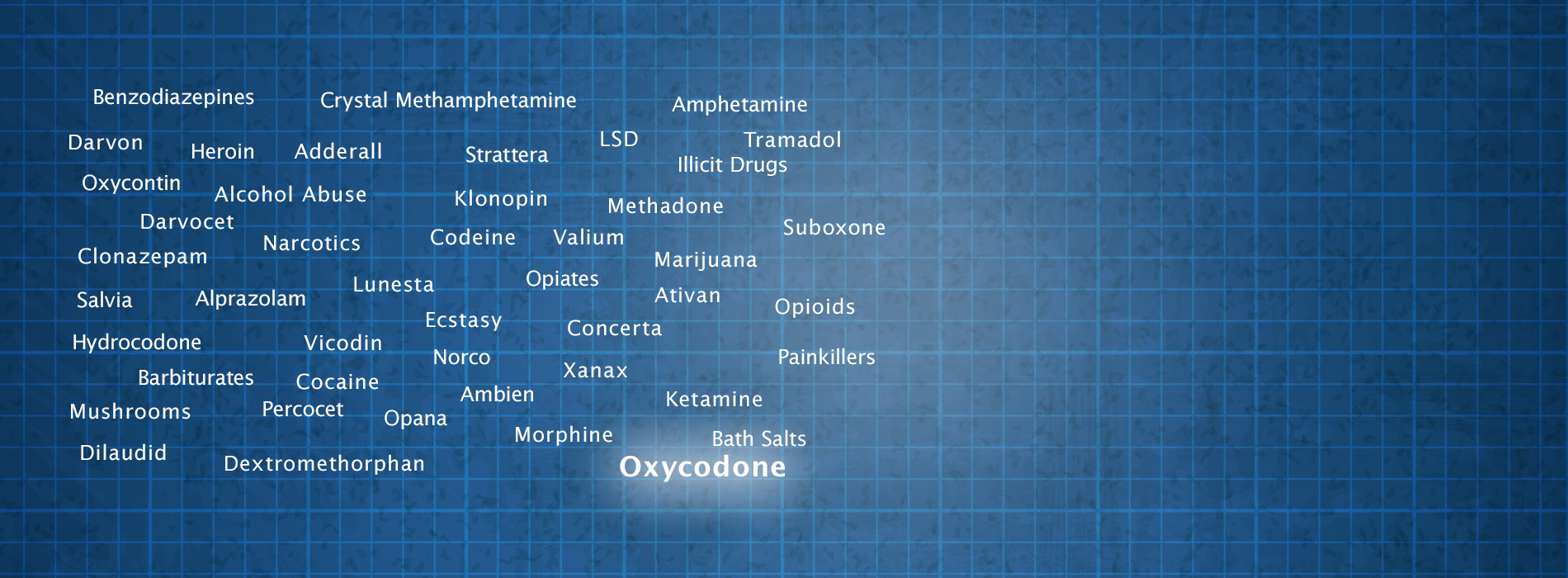Oxycodone
Oxycodone is a semi-synthetic opiate drug prescribed in the U.S., Australia, and Europe. This drug is used by those with cancer, neurological disease, and other painful conditions. Drug abuse is a disorder characterized by a destructive pattern that leads to significant distress and problems. This addiction is characterized by frequent tolerance and withdrawal from a substance. Affecting more than 7 percent of people, addiction to opiate and other drugs is quite common. Any substance that results in a euphoric “high” has the potential for abuse.Signs of Oxycodone Abuse and Overdose
Persistent desire to use a drug and using a lot of a certain drug both leads to excessive use of energy, time, and resources, as a person is consumed with the substance. This is because the drug abused affects certain executive functioning regions of the brain, and alters the brain’s ability to stop actions that he or she would otherwise avoid or prevent. There is no one test to indicate a chemical abuse problem or addiction, so healthcare and substance abuse workers must diagnose this by gathering information, performing a physical examination, and performing certain tests to assess health status.
Abuse
- Drowsiness and nodding off
- Sedation
- Euphoria
- Constipation
- Lightheadedness
- Nausea and vomiting
- Itching
- Sweating
- Dry mouth
- Respiratory suppression
- Low blood pressure
- Recurrent legal troubles
- Inability to meet social and relationship obligations
Overdose
- Constricted pupils
- Depression
- Muscle and bone pain
- Diarrhea
- Chills
- Nausea and vomiting
- Agitation and restlessness
Diagnosis of Drug Abuse and Addiction
A person with a dual diagnosis suffers from a mental disorder along with a chemical dependency. Drug addiction increases life stressors, adverse conditions, and negative situations. Recovery from substance abuse is complicated when a dual diagnosis exists. The diagnosis of drug abuse occurs when certain signs and symptoms are present for one year. These include:
- Recurrent drug use in dangerous situations.
- Recurrent drug use that causes inability to meet obligations at school, work, or home.
- Recurrent legal problems related to drug use.
- Continued drug use in spite of relationship, work, or social problems.
In order to have a drug addiction diagnosis, a person must meet certain criteria for one year. This includes:
- A tolerance, which is a decreased effect to the substance in order to achieve the same desired effects.
- Withdrawal from a substance, which is notable by exhibiting certain signs and symptoms.
- Spending lots of time using, recovering, or getting the substance.
- A persistent desire to take and use a drug.
- Use of a substance that results in psychological or physical problems that are directly related to the drug.
Treatment for Oxycodone Addiction
Oxycodone is a highly addictive narcotic substance. This drug is used by many people in the form of plain oxycodone or extended release OxyContin. If you are someone you love is addicted to this drug, consider attending a drug and alcohol rehabilitation (rehab) center. These recovery programs offer detoxification (detox), counseling, therapy, and aftercare recovery. This involves attending support groups, such as Narcotics Anonymous (NA) for peer discussions and needed advice.

